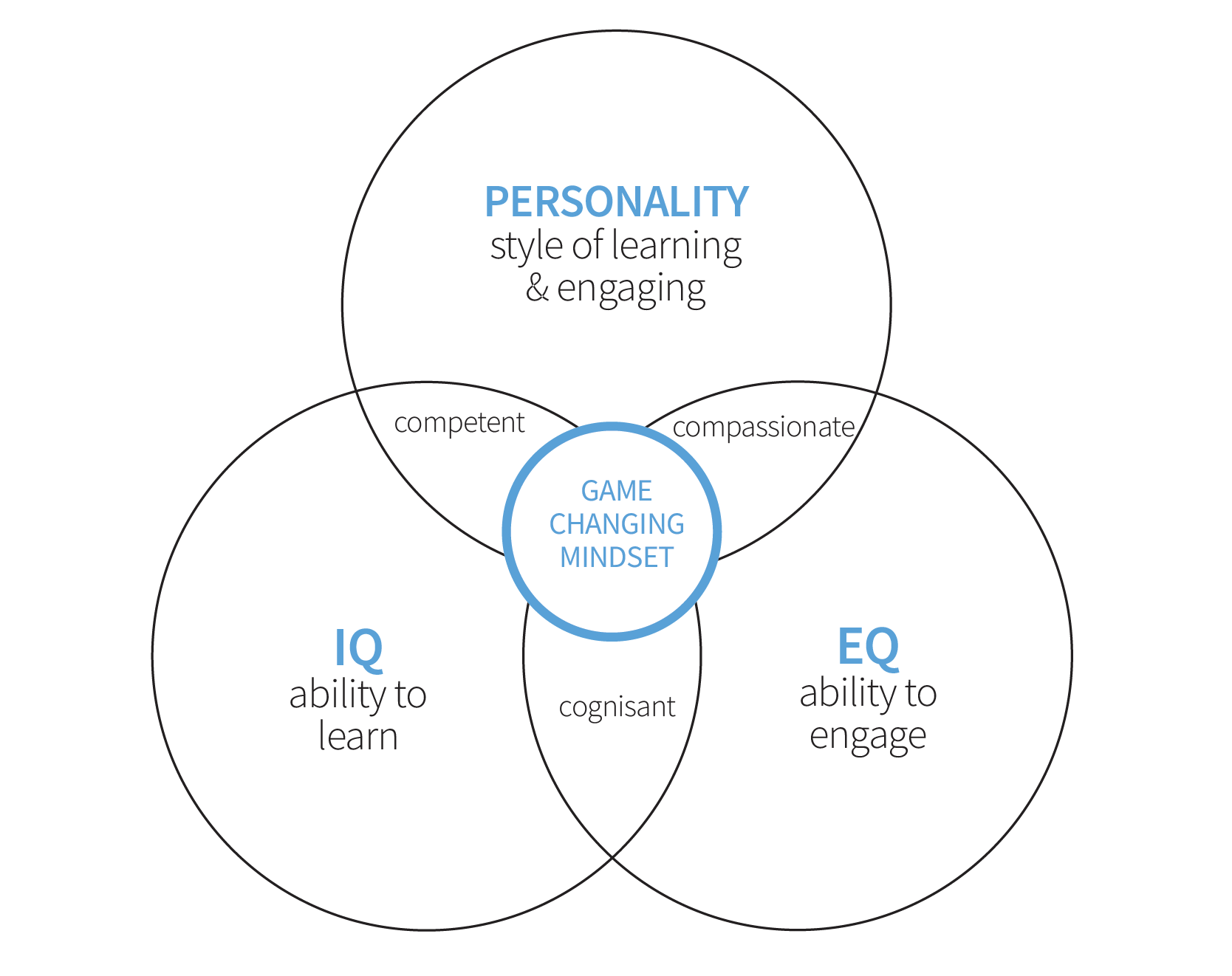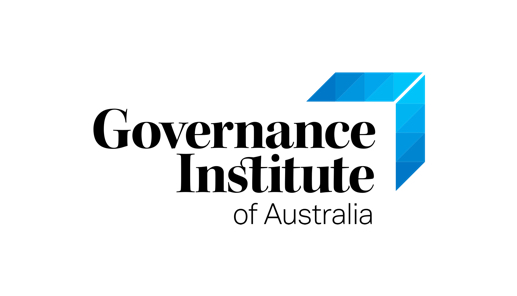Leadership is a strategy in itself, an enabling strategy. A how. It is about co-creation not domination, and it originates with a mindset.
We are all leaders at varying degrees of influence. It is not a position nor a title, nor is it only the domain of the C-suite or other executive level managers.
At any level a large part of your role and your success in it depends on your ability to influence people, opinions and outcomes.
The concept of transformational leadership was introduced more than forty years ago and has been developed or modernised considerably since. It has evolved to that of visionary or responsive leadership and it remains one of the most important concepts in business due to its adaptability, agility and willingness to leverage what is now and always will be, a dynamic business environment.
A modern leader’s success will gain momentum through:
- The ability to create a vision of what success looks like.
- Being a motivator of people inspiring discretionary effort.
- The capability and experience to manage the delivery of the vision.
- Being an effective team builder and a coach.
- With foresight to capitalise on changes in the business environment.
Amidst such factors as globalisation and disruption fuelling this unrelenting pace of change the truly successful leaders are active, they are hands off-on-and-in, as and when required.
And perhaps the most simplistic visual for this innovative style is for us to consider that sitting behind a desk is a very dangerous place from which to lead a business. In fact, it is a thing of past, an ingrained twentieth century management practice leading to nowhere.
Hanging onto yesterday’s outcome is irrelevant today. It is the front-line leadership mindsets and actions that are making a difference, the innovative thinking and doing from which people are motivated and enabled to achieve success.
As a Leader looking to extract discretionary effort form your people, it is all about how you ‘show up’ firstly.
Leading with Meaning and Purpose.
There is much contention around defining the most appropriate leadership style that aligns with today’s complex business environment, however it is the very dynamic nature of this environment that ensures that it is not a one size fits all. Success will originate from a unique and complementary arrangement of numerous styles.
The 7 Proactive Leadership Styles That Enduringly Make A Difference.
- A Visionary Leader. Drive progress having earnt trust for new ideas and having inspired employees through previous success.
- An Entrepreneurial Leader. A mindset to do more with less, excited about making the competition irrelevant.
- A Coaching Leader. Recognises individual strengths, weaknesses and motivations, able to receive discretionary effort through developing this.
- A Transformational Leader. The organisational version of the Coach, a bigger picture commitment to maximising an organisation’s objectives.
- A Responsive Leader. Able to quickly adapt to a changed environment and bring people along for the journey. Usually starting as a visionary leader.
- A Participative Leader. An ‘energetic’ democrat who asks for creative input and feedback optimising employee engagement and workplace satisfaction.
- A Pacesetting Leader. Motivating fast-paced environments where people are already on board enabling a ‘go for it’ performance-based collective mindset.
What we do know is that command-and-control leadership style – the transactional, bureaucratic and autocratic behaviours – has perished under the heat of globalization and innovation.
As companies escalate efforts to collect, manage and respond to data, command-and control-leaders are at extreme risk of missing crucial perspectives if they don’t find ways to bring more of their colleagues into important conversations.
It is an outdated inside-out business model. It may be possible that command-and-control leadership could be effective in the case of extreme crisis management, in order to ‘stop the bleeding’ but by no means would we accept the historical ‘iron-fist’ of command-and–(out of) control. We may accept a ‘situation capable’ proven problem solver from time to time.
What is important to recognise about the proactive leadership styles is that there is no one stand out winner.
Sure, let’s see if we can dial in a visionary Chairperson, an entrepreneurial Chief Executive and a transformational Head of Finance but we all know it doesn’t quite work out that way. It is actually all about which style best optimises and maximises what is in front of them. And from a wider business perspective it’s all about a mix of styles, the shared mindsets that lead to exponential thinking and exponential enterprises.
From a personal perspective, we know that we can change our mindset, and therefore we know that we can change our leadership or management style.
Businesses adapt because people adapt.
Head, Heart and Guts.
To be a leader in todays’ business environment, you need an ability to set strategy, to show empathy and to make decisions.
There is no doubt that when dealing with a crisis of any scale keeping our thoughts and behaviours in check may be as difficult as dealing with the risk itself.
All of a sudden we are dealing outside of business as usual where change can be emotionally intense collecting with it confusion, fear, anxiety, frustration, and helplessness.
And whilst considering the flipside of this perspective from a position of leadership, how do we deal with our people’s reaction to organisational change, the rolling eyes, the “here we go again” and “haven’t we tried this before” innuendo.
How do you juggle this knowing that for some people the experience of going through change can replicate grief or loss? Knowing also that change can be physically and emotionally draining, it often leads to burnout and can escalate an even greater resistance to change?
Not all people see, think and feel the same.
In crisis, turnaround, transformation – whatever the scale of change – we need to display the behaviours that we need our group or team to emulate. We need to be adaptable rather than resistant, accepting rather than emotional, accountable rather than accusing, and positive rather than negative. In very simple terms it is leading by example. Perhaps it is exemplar leading?
Whilst the above behavioural traits will not satisfy the emotional intelligence academics they do capture the four main constructs of self-awareness, self-management, social awareness and relationship management.
The challenge in any organisational setting is that in spite of the widespread use of the term emotional intelligence how many of us really know what it is, and or can demonstrate it sustainably? I haven’t nailed it and cannot tell you that I practice it every day. I am human after all.
However, after quite a bit of learning the hard way I do know that it is not just about being empathetic or understanding someone else’s point of view. And so, here are the 10 Things that Emotionally Intelligent People Don’t Do:
- They are not opposed to learning. Prepared to accept the advice of others or have their beliefs challenged. Not afraid of doing something differently.
- They don’t just focus on self. An ability to look at the world and its people from a bigger picture point of view, outside of their own needs and wants.
- They don’t sweat the small stuff. An ability to be resilient and agree to disagree, a preparedness to learn from the past rather than dwell on it.
- Their reactions aren’t reckless. A calculated response rather than panic and fear enabling appropriate stress management and better decision-making.
- They don’t hold a grudge. A focus on the solution rather than the problem and make an effort not to get caught up in the reasons why not.
- They don’t lose it. Manage conflict successfully through good relationships and communication, able to convey thoughts in a respectful manner.
- They don’t fake it. Don’t let things build up or be emotionally dishonest. It is ok to tell it how it is, from your perspective, respectfully.
- They don’t act before thinking. An awareness through assessing situations logically and with fact so that responses are measured and proactive.
- They don’t lose sight. Understand what is within control, and what is not. It is pointless beating yourself up for things that you have no ability to influence.
- They don’t embrace negativity. An unwillingness to be dominated by fear or disappointment. You may need to accept it first, and then you can move on.
One of the challenges of emotional intelligence is that it is usually labelled as an individual competency, when the reality is that most work that is conducted inside organizations is done by a collaboration of people. From my experience a business with a couple of emotionally intelligent people, or let’s say with appropriate leadership balance, will not guarantee an emotionally intelligent business.
To be most effective, the team needs to create emotionally intelligent attitudes and behaviours that eventually become habits – building group trust, group identity, and group efficacy.

Groups will be most effective when collaboration is unconditional. People stop holding back when there is mutual trust and respectful interactions.
Emotionally competent teams will have the capacity to face potentially difficult information and will actively seek constructive advice on the basis that these external opinions are the foundation of thinking and doing differently, or better.
Ultimately group success will originate from the leadership of that group. Adapting the management cliché claiming that ‘a fish rots from the head’ is better explained by a 13th century Turkish proverb from which it originated that “the fish stinks first at the head”, their intention being that if the servant is disorderly, it is because the master is so.








